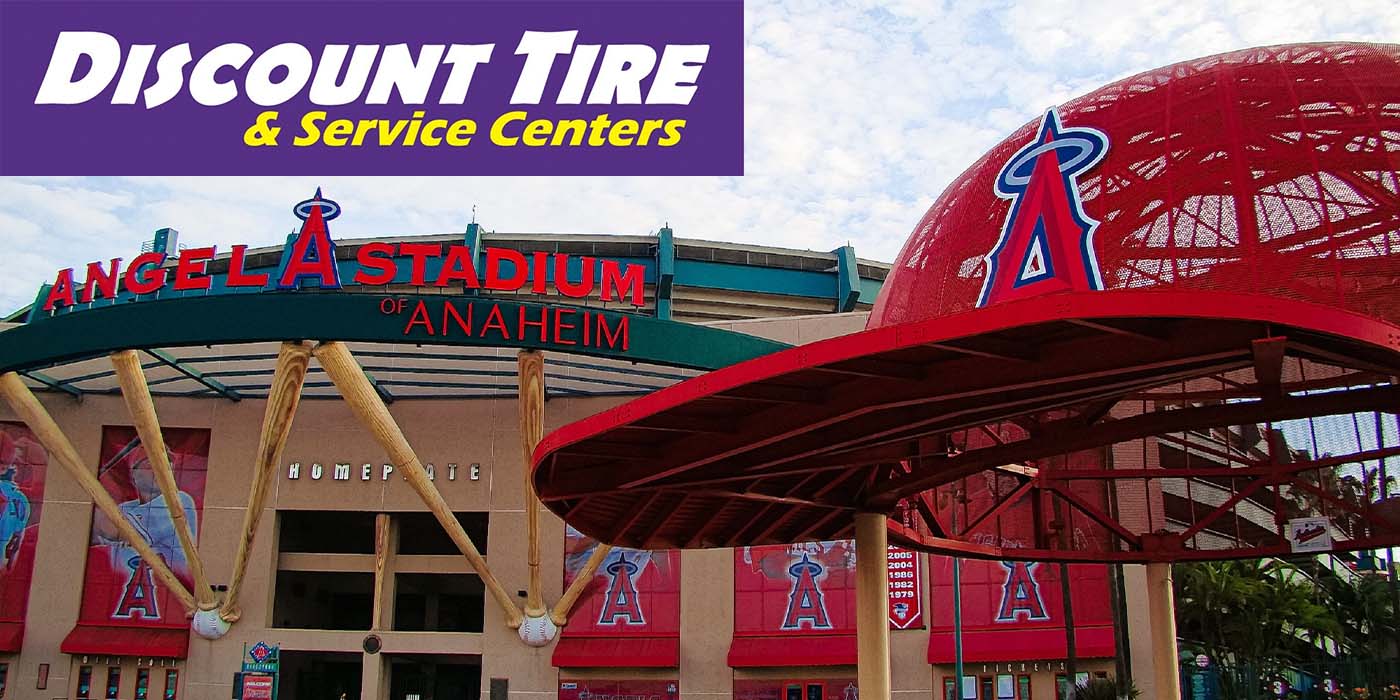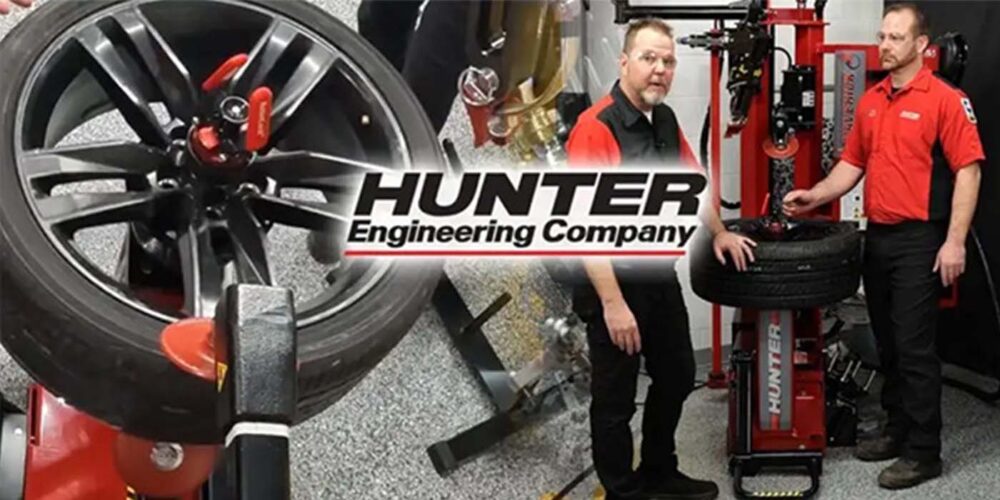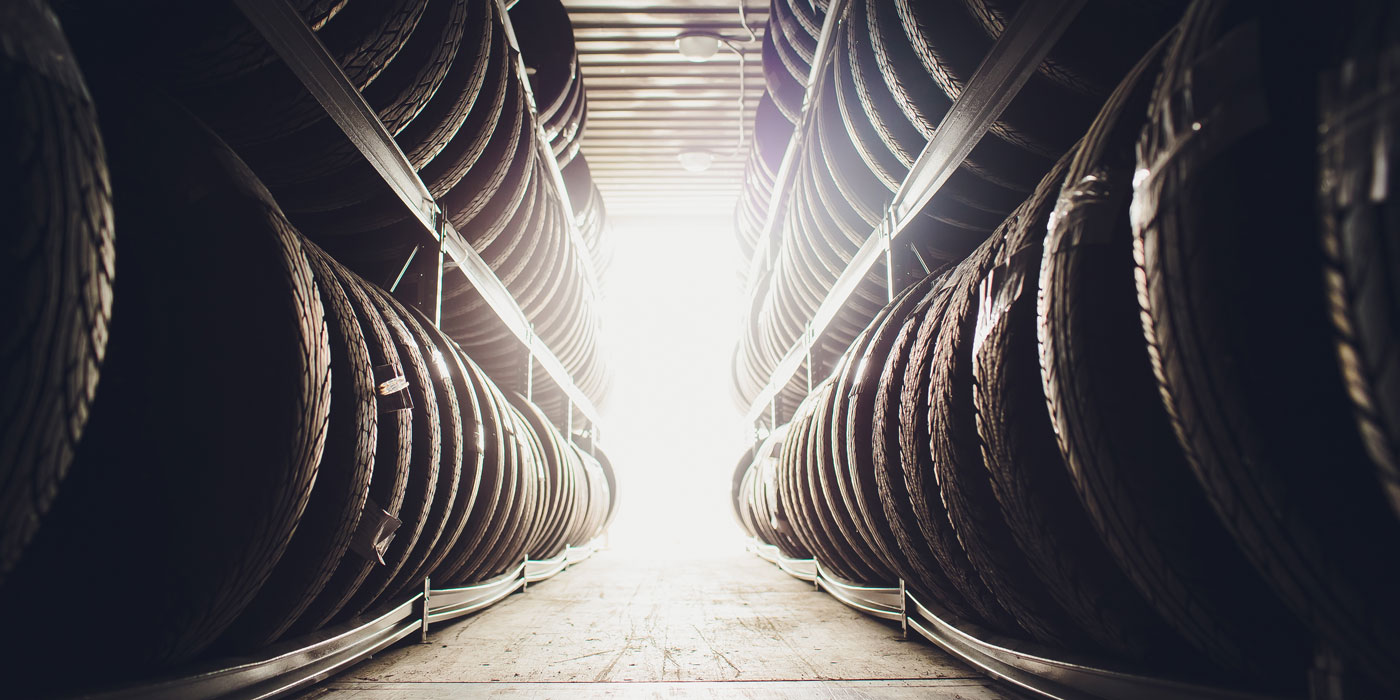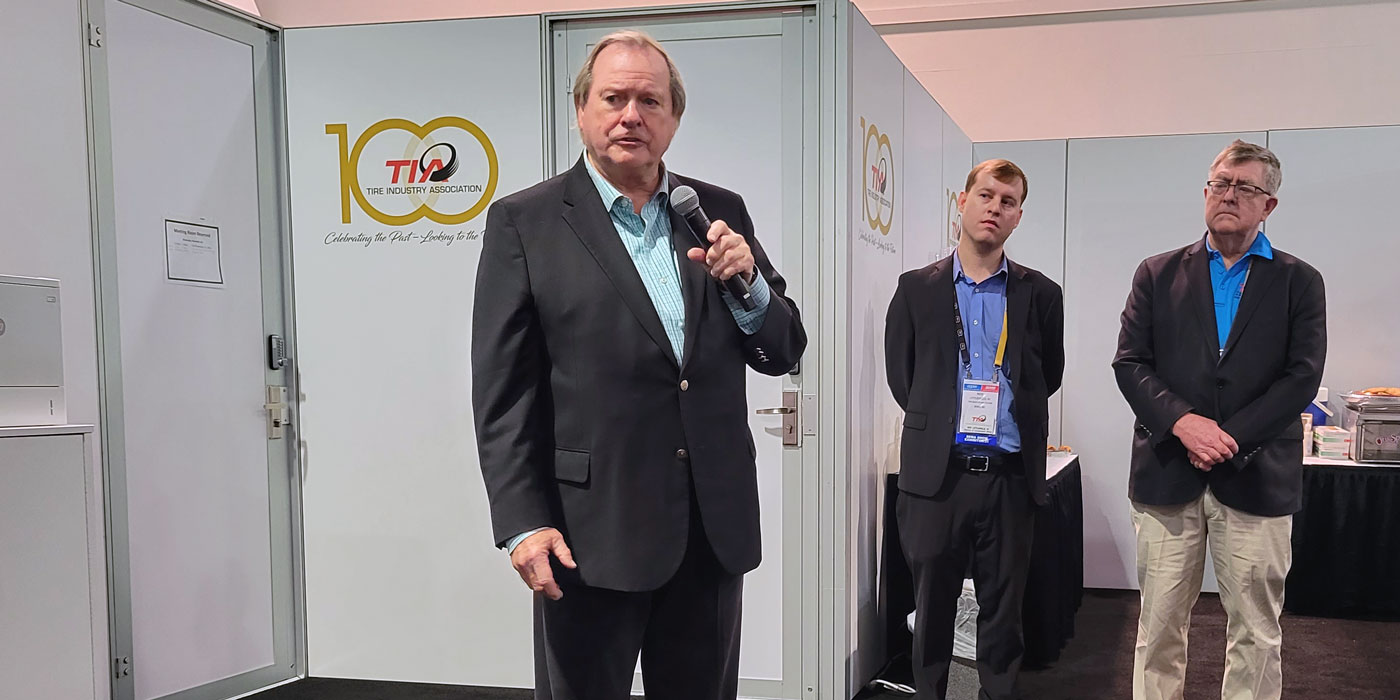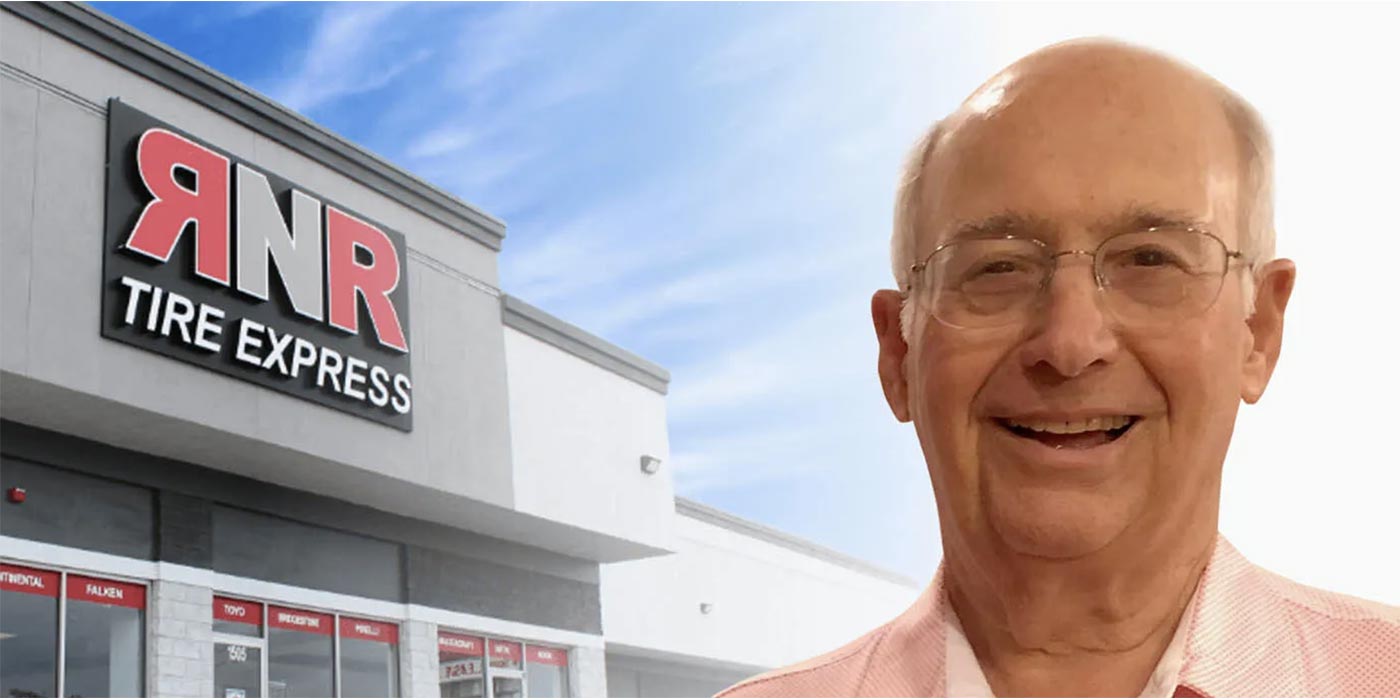“Snowflakes.” That’s what Cincinnati-based Kroger calls the direct mail pieces it sends to store-area consumers. Not only do these bits of mail cover each local store market – there are 2,400 stores nationwide – like real snowflakes no two are alike. That’s because each piece of quarterly coupon-laden mail is highly personalized to the recipient.
The coupon packs are tailored to what each addressee has brought from their local Kroger grocery store. Well, sure, that’s not unusual. That’s what those loyalty cards do.
But tracking exactly what they bought – and when – over the prior two years is, and the result of that detail is an amazing 70% coupon redemption rate within six weeks of each mailing.
Employing data specialist DunnHumby, each Kroger customer is tracked as an individual. Every purchase, volume purchased, date and time of the buy is logged. The resulting data turns out offers unique to that customer’s exhibited buying preferences.
For instance, demonstrated Coke buyers will never see a Pepsi coupon.
Each coupon is carefully designed, and the layout of the combined 2 coupons is one part science and one part art. For instance, a coupon in the upper left may offer special cheese, while laundry detergent may be lower on the flyer and the last two coupons might be “experiments:” a purchaser of baby food who doesn’t buy diapers at Kroger might see an offer for diapers.
Since starting the targeting program, the coupons have generated $10 billion in revenue for Kroger.
In mid-2013, a chartered school bus crash in Louisville injured 34 people. According to WHAS-TV in that city, a U.S. Department of Transportation Compliance Review showed that the front tires were placed on the bus after being retrieved from an auto shop’s recycling bin.
To repeat: These tires had been thrown away, picked out of the trash and mounted on a school bus. A Louisville Metro Police investigation cited a blown left front tire as the cause of the crash on I-64. The driver lost control, and the bus ran from the far right lane across three lanes of traffic into the concrete divider. All 29 high school students and five adults on board were injured in the June 11 accident.
OMG
What is worse is that the TV station had to file a Freedom of Information Act request to get info about the negligent actions of the company retained to operate school buses for Jefferson County Public Schools. The school district has “temporarily” ceased doing business with the company.
And what is even worser is that the bus company owner (who has since moved on) apparently hadn’t done a good job keeping up with routine maintenance, and certain records pertaining to that particular bus were “accidently” burned up; the bus itself was in an accident six months prior and had substantial work done to it, but was not safety inspected before being put back into service; and the owner got the tires in question – 11-year-old tires – from some guy who got them from some guy who got them from a tire recycle bin.
State investigators called on Goodyear to help sort out the technical problems with the blown radial, and its detailed inspection showed the tire suffered "irreversible damage" due to over-deflection from over- or underinflation.
There is a lot more to this unfortunate story. Suffice it to say, though, it only takes one fool trying to do things on the cheap to cause problems.
(The Guardian Weekly in France) Is it possible to make car tires using sugar beet, straw or even wood? Strange as it may seem, Groupe Michelin last month announced a major research program to investigate those very possibilities. But the French firm is not simply acting out of a general concern for the environment; it is concerned there may soon be a shortage of oil-based materials.
The project, codenamed Bio Butterfly, involves construction of a pilot plant and will be carried out in partnership with a public research center, IFP Energies nouvelles, and its subsidiary Axens. France’s Environment and Energy Management Agency is also supporting it with a €14.7m ($20 million) subsidy as part of its Investing in the Future initiative. Over the next eight years BioButterfly’s budget will total €52m.
The stakes are high for Michelin. To produce tires it currently uses a mixture of natural and synthetic rubber. But the main synthetic ingredient is butadiene, a petroleum by-product that will ultimately run short. "We are expecting a butadiene shortage by 2020," says Vincent Ferreiro, who has global responsibility for developing the firm’s materials and components.
Curiously, this threat is linked to the worldwide surge in shale gas, which has driven gas prices down and prompted chemists to neglect oil and focus on the new energy source. As such there is a risk of a shortfall in butadiene output, despite demand continuing to rise by 4% a year.
In 2011-12 the first signs of a shortage doubled prices, giving tire manufacturers a big scare. Prices have dropped back since, due to the slowdown in the Chinese economy. "But the upward pressure will return and we can’t just sit here doing nothing," Ferreiro says. Hence the decision to find a sustainable alternative.
The plan is to start with organic matter often treated as waste. The biomass will be fermented to obtain alcohol, the end result being a form of "bio-butadiene". "But it remains to be seen whether the process is technically feasible and competitive," says Jean-Pierre Burzynski at IFP Energies nouvelles. The Bio Butterfly project will test these assumptions.
Faced with the same risk, Michelin’s key rivals, such as Bridgestone, and chemical firms, such as Eni and TPC, are also working on alternatives to butadiene. It may not be the sort of race normally associated with Michelin, but one it nevertheless wants to win.




